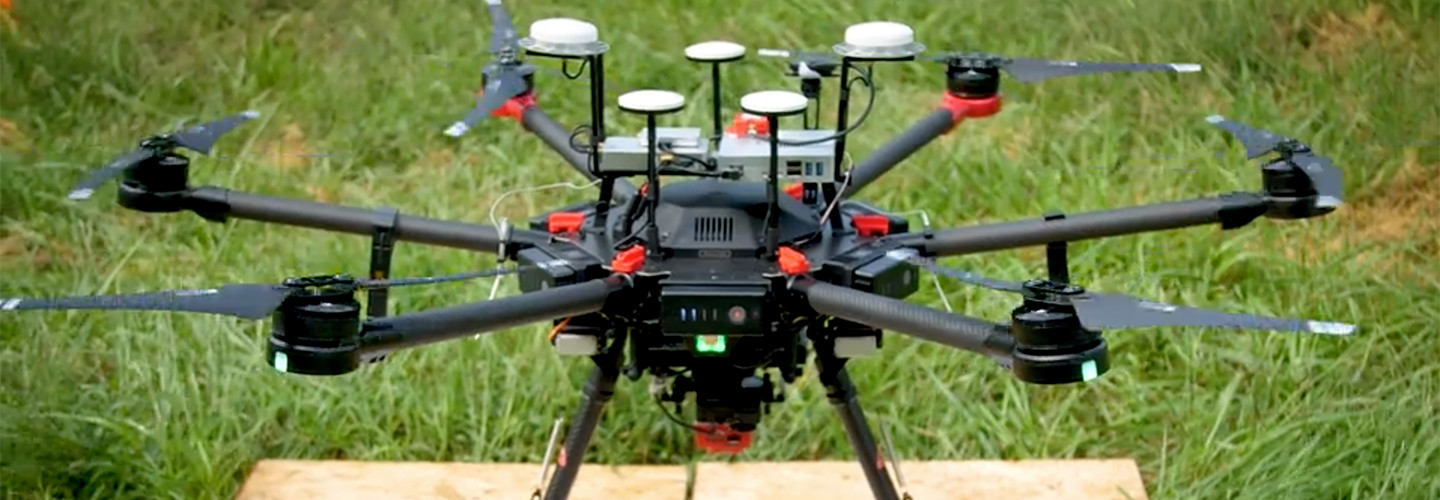USDA Explores Whether Drones Can Be Used to Test for E. coli in Irrigation Ponds
When the new Food Safety Modernization Act became law in 2011, it required farmers to test for E. coli and other bacteria. However, the law does not give them any direction on how to do so. The Agriculture Department is searching for ways that technology can help.
Drones help federal agencies with a variety of missions, including in disaster response and public safety. The USDA’s Agricultural Research Service has been researching whether drones can be used to examine irrigation ponds, in the hopes of coming up with a new standard for ensuring that water is safe to use on crops.
Farmers need to sample their irrigation water and demonstrate that it is safe to put onto crops. Matthew Stocker, a research associate with ARS, notes that it is important to sample the water because bacteria in water can filter into the plant matter and cause illnesses — E. coli cannot always simply be washed off. The recent E.coli outbreaks that affected romaine lettuce indicate that the threat from the bacteria to public health is not going away.
MORE FROM FEDTECH: Discover how agencies store and process all of the data they gather from drones.
USDA Tests Viability of Drones for Surveying Irrigation Water
The ARS is exploring whether drones can be used to provide aerial coverage of irrigation ponds to find indicators of bacteria like E. coli. The service is trying to find a relationship between E. coli and the algae and other content in ponds, according to Jaclyn Smith, a biological technician with ARS. Drones can deliver more accurate and higher-resolution images of ponds than satellites, says Billie Griffith, a biological technician and drone pilot with ARS. Equipped with infrared cameras and cameras that capture different wavelengths of light, drones can detect higher concentrations of bacteria.
Griffith notes that drones allow operators to get closer to irrigation ponds and get more accurate information. In the ARS’ testing, it programs a drone to fly in a predefined survey pattern that covers the same areas each time. Software then digitally stitches together a completed image of the pond. ARS is trying to determine the best altitude at which to fly a drone at to detect concentrations of E. coli.
If drones can be used to detect which areas of ponds have higher concentrations of E. coli, then that will cut down on the amount of sampling that is needed, saving money.
In the ARS’ research, the cameras on the drones deliver a digital number that corresponds to some parameter that could be related to the amount of E. coli in the water.
Eventually, a farmer may be able to fly a drone over his fields and ponds and use the information the drone gathers to cut down on more expensive measurements, Stocker says. The goal, of course, is to make food safer for citizens, and to do so in a way that is not burdensome to farmers.
“Our goal is to make sure food is safe for everyone,” Griffith says. “And the rules for sampling the water are common-sense rules. They’re going to help the people and they’re not going to be a burden on the farmers.”
Yakov Pachepsky, an ARS soil scientist, notes that when the Food Safety Modernization Act was enacted, farmers did not have information on how to sample. “Technology helps us to get quality information,” he says. “It gives us an opportunity to look at the stuff we already know from an absolutely new angle.”








